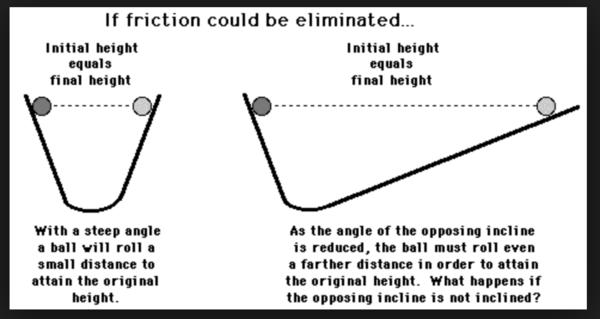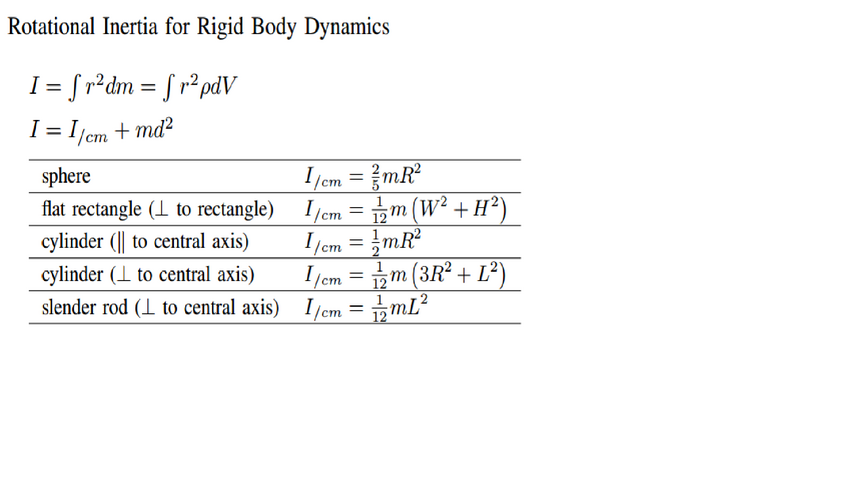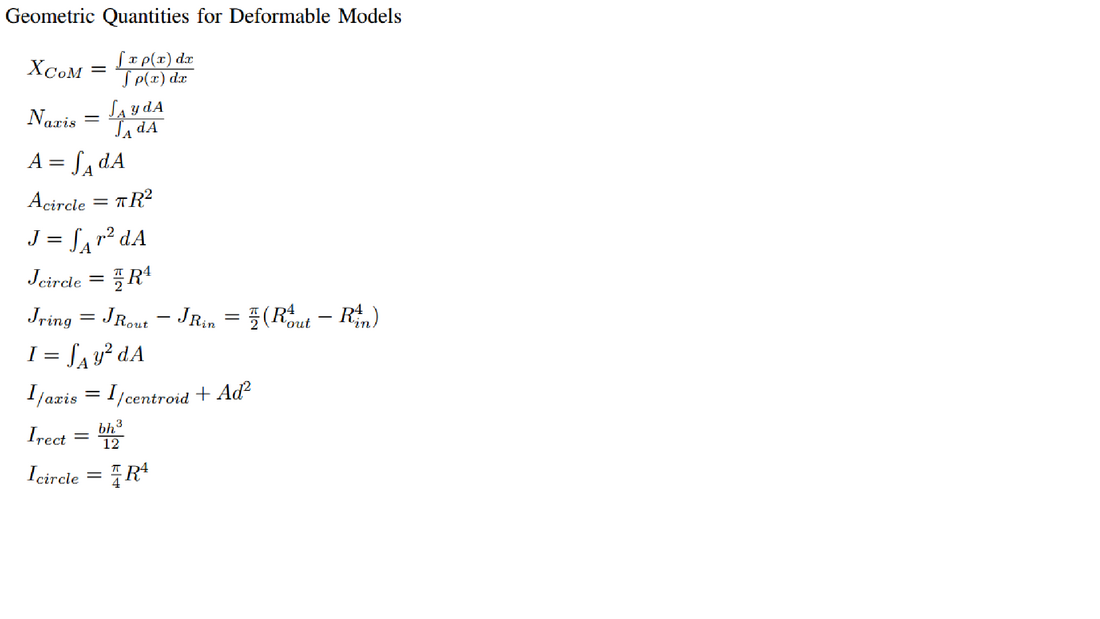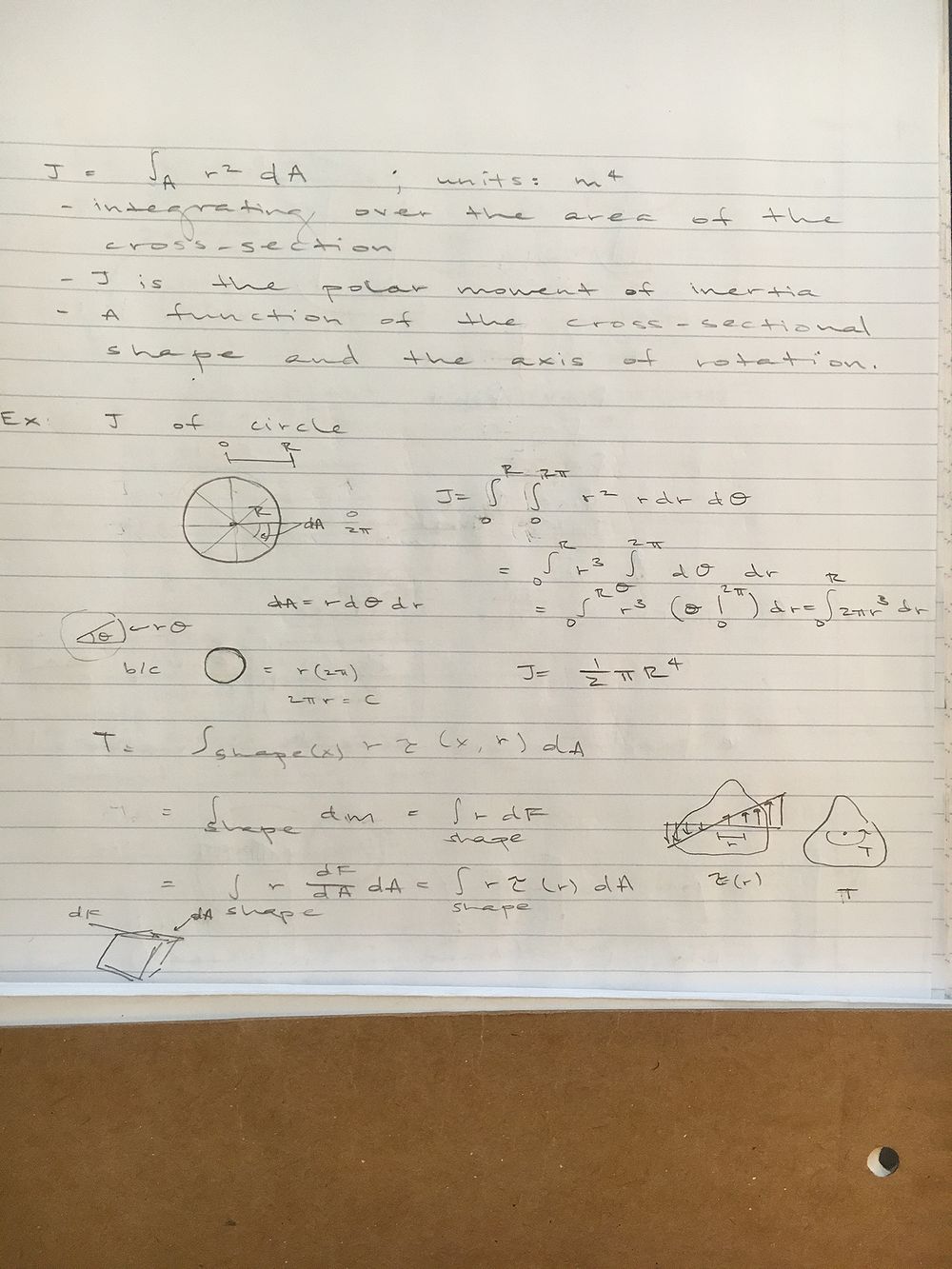Inertia
Claimed by Justin Dubbin Fall 2017 Claimed by Dev Mandavia
Inertia is the name for the concept behind Newton's first Law of Motion. It is a core concept of kinematics which states that an object tends to resist changes in velocity. An objects velocity will not change unless there are unbalanced forces acting on it. This means that all non-zero resultant forces on a cause acceleration (not velocity). Forces on a body are easy to identify through a Free Body Diagram, through which you can determine the magnitude and direction of forces. If the sum of the forces in all directions are zero, then the object does not accelerate. It could, however, be moving with constant velocity.
The Main Idea
Inertia allows us to understand a key concept of kinematics which is that force causes acceleration. It was further determined that this acceleration is inversely proportional to the mass of the body.
History
Before Newton's Laws of Motion came to prominence, academics worked based off of their observations that objects on Earth always ended up in a resting state no matter the initial velocity or mass. This observation was actually due to the presence of friction. Friction is a force that acts in the opposite direction of motion. Without friction, a ball rolling across a surface would continue at the same velocity until an outside force acted upon it. This was counter-intuitive for people at the time, however, they had no other way to explain the constant motion of heavenly bodies based on the Copernican model of a heliocentric solar system. For, the only force acting on bodies in space is that of gravity, which causes a radially inward acceleration and a constant orbital velocity. Since the force from gravity didn't accelerate or decelerate the planets along their orbits, and no other forces acted on them, it could be proven that objects do not tend to decelerate on their own.
Galileo performed an experiment with two ramps and a bronze ball. To begin, the two were set up at the same angle. Galileo observed that if a ball was released at one height, it would roll to the same height at which the ball was released. He then experimented with altering the angle of the second ramp. He concluded that even though it may take longer, when the angle is smaller, the ball will still roll up to the same height. Because the height was conserved, Galileo believed that if a ball was rolled from a ramp to a flat surface, it would stay in motion unless a force stopped it.
Calculations with Inertia
Mass denoted by m is more accurately referred to as inertial mass. That is because the true definition of mass is a body's resistance to motion. Oftentimes mass is incorrectly thought of with regard to weight, which is the force of gravity acting upon a body. Inertial mass is present in a majority of kinematics equations, such as F=ma, and p=mv.
The formula for the standard moment of inertia, typically denoted as I, depends on what the particular statically determinate object is as well as its rotational axis.
Calculating the polar moment of inertia, typically denoted as J, depends on what the deformable body is and also depends on the rotational axis; the cross sectional area, distance from the center of mass, and projected deformation are also key components. J comes from the relationship between the total internal torque at a cross section and the stress distribution at a cross section.
Inertial Reference Frame
Inertia of a space in which a body belongs can lead to errors in calculations for that body with respect to bodies outside that frame. For example, a fighter pilot in a jet travelling at a constant velocity of 1,700 mph (not accurate to real life) would see a speeding bullet following the same trajectory as him as a still object whereas an observer on the ground would see two objects travelling very quickly. It is important to convert all of the inertial reference frames of bodies being compared before performing calculations. In the previous example, doing calculations with respect to ground speed would produce consistent, correct results.
Examples
Area Moment of InertiExample.jpg:
Polar Moment of Inertia Example:
See also
Newton's Laws and Linear Momentum




